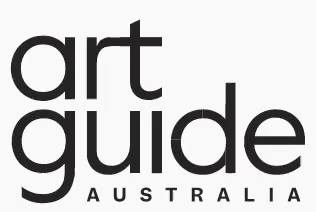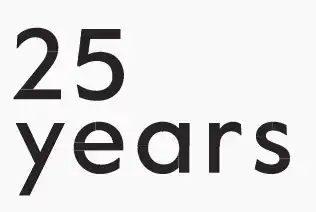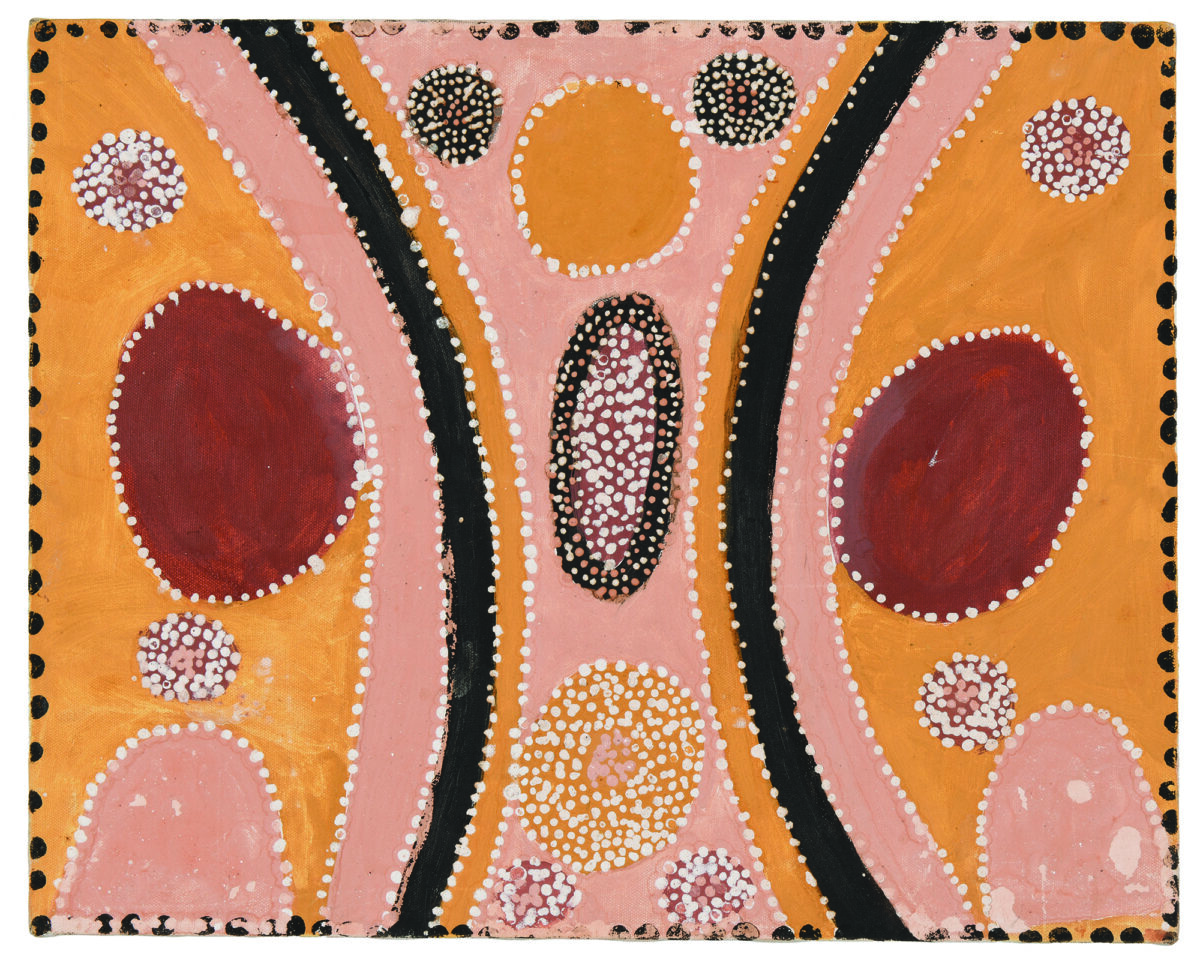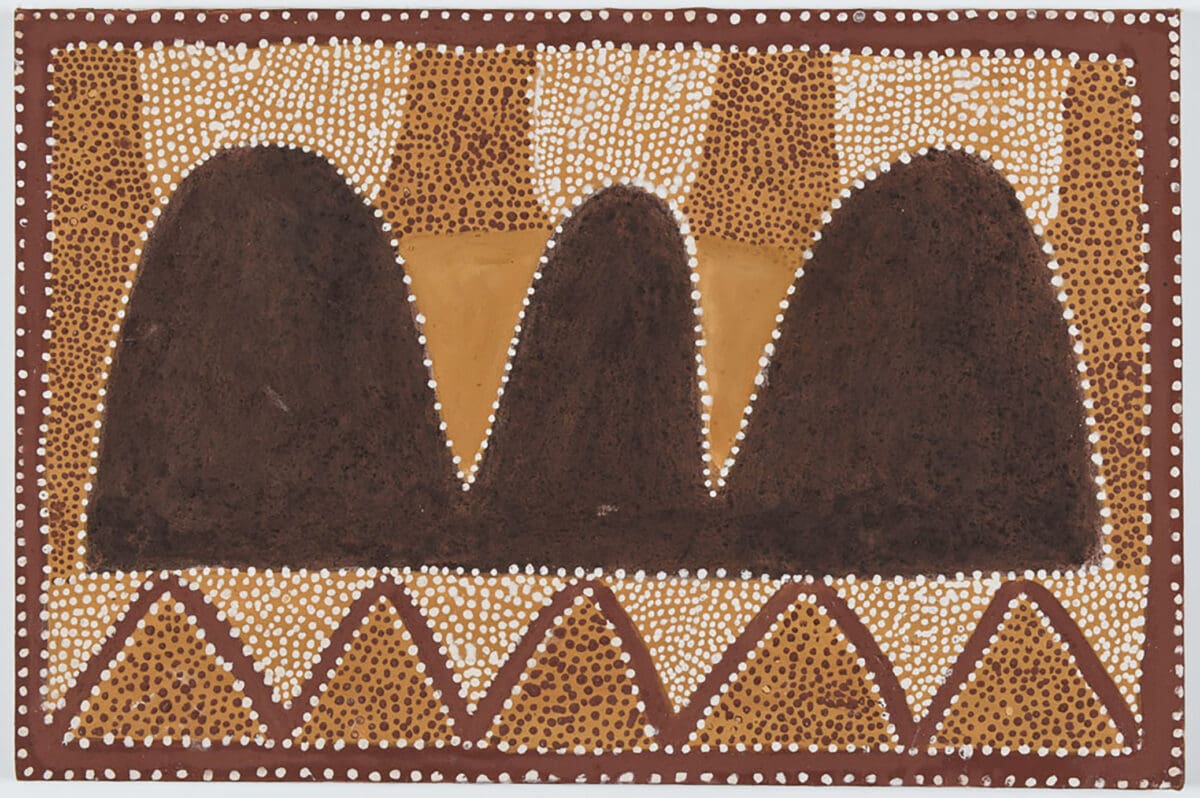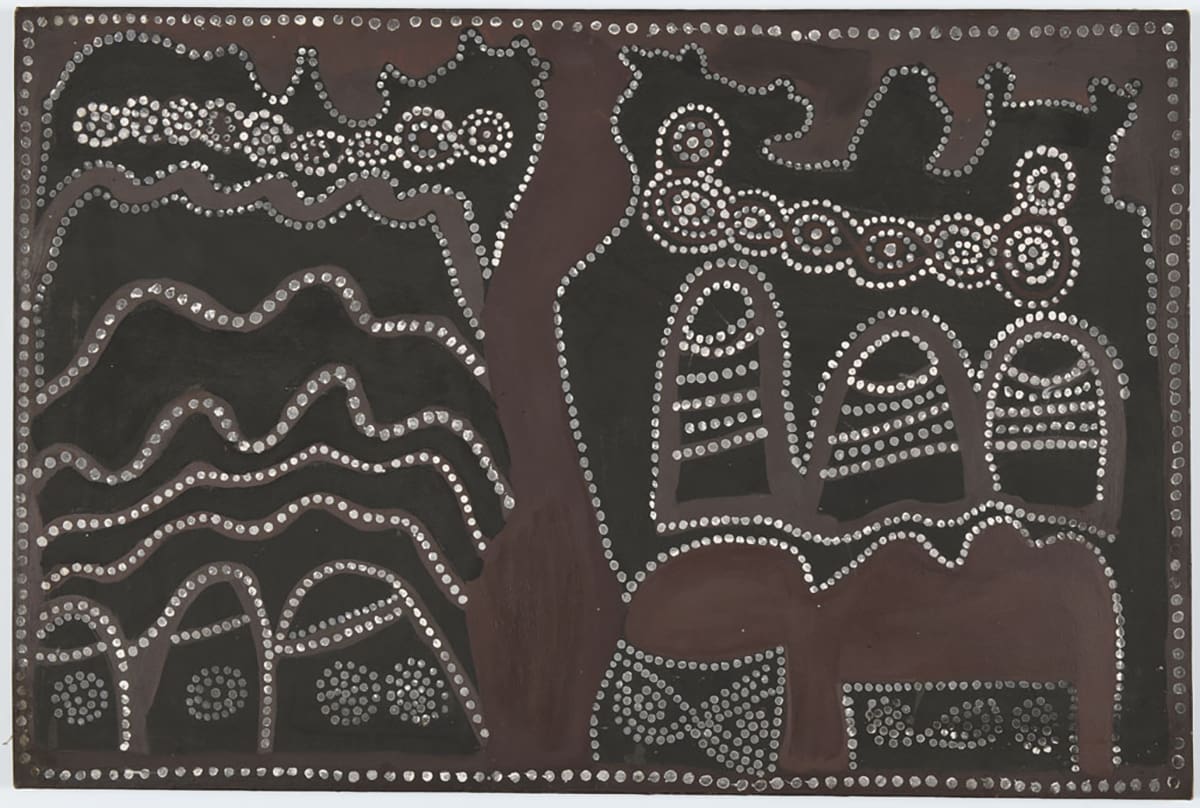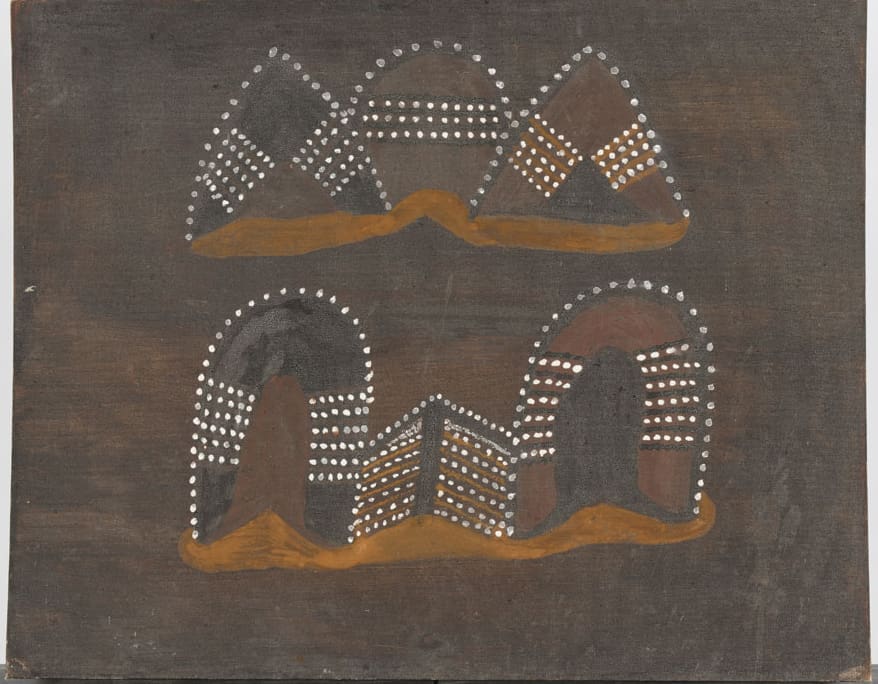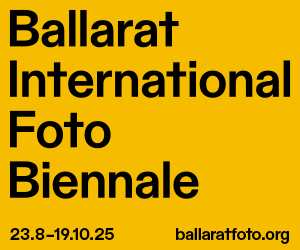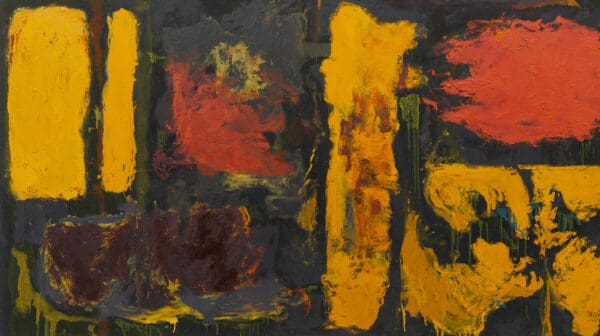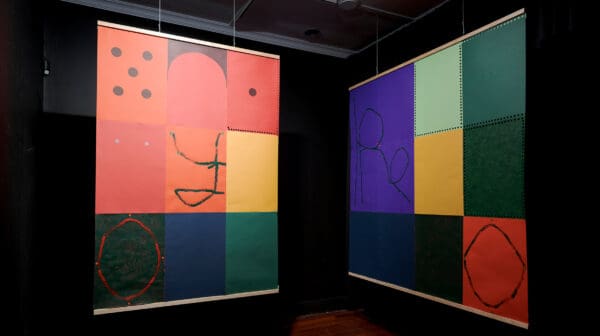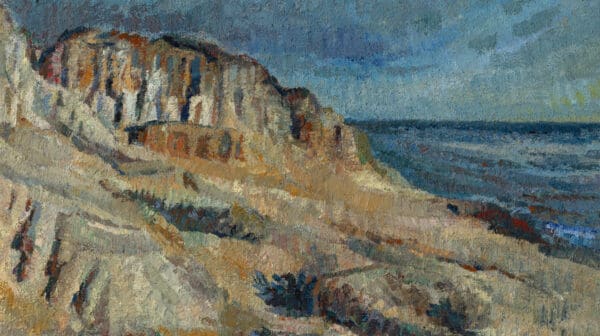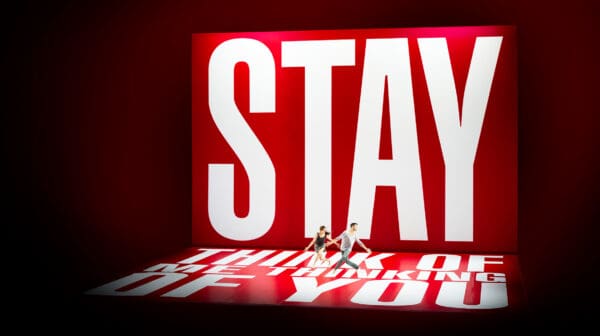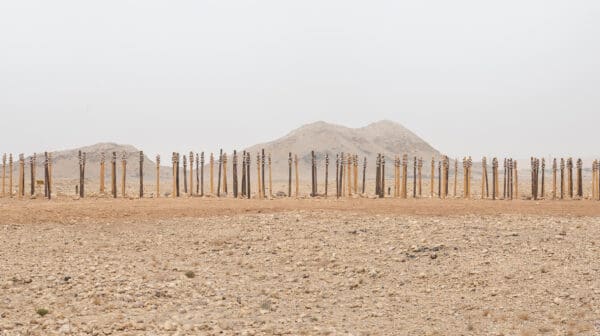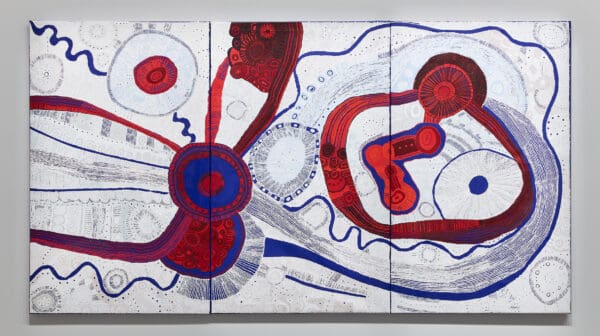The late Kukatja/Wangkajunga painter Rover Thomas is the most famous of the East Kimberley art movement founders, but beside him were generations singing up their Country on canvas boards with local ochres, bush gum and occasional acrylic binders, their songlines committed to memory while working stock routes.
Working in the remote Warmun community, Thomas’s influence can be seen in paintings by younger artist Freddie Timms and older artist Queenie Nakarra McKenzie. In the 1950s, McKenzie, who was Thomas’s classificatory mother in the kinship system, saved his life when he was scalped by a kicking horse; she boiled a
needle and stitched his head up without anaesthetic.
“The surgeon commented her stitches were beautiful,” says independent curator Erica Izett, who knew McKenzie. “So, Rover said, ‘You’re my Mum.’”
Years later, at Warmun, McKenzie watched Thomas paint, and he encouraged her to pick up a brush.
Fourteen paintings created between 1989 and 1994 at Warmun by artists who have all since passed—McKenzie, Timms, Jack Britten, Birrbi Mungnari and Hector Jandany—are on show at the South Australian Museum alongside loaned prints by Thomas.
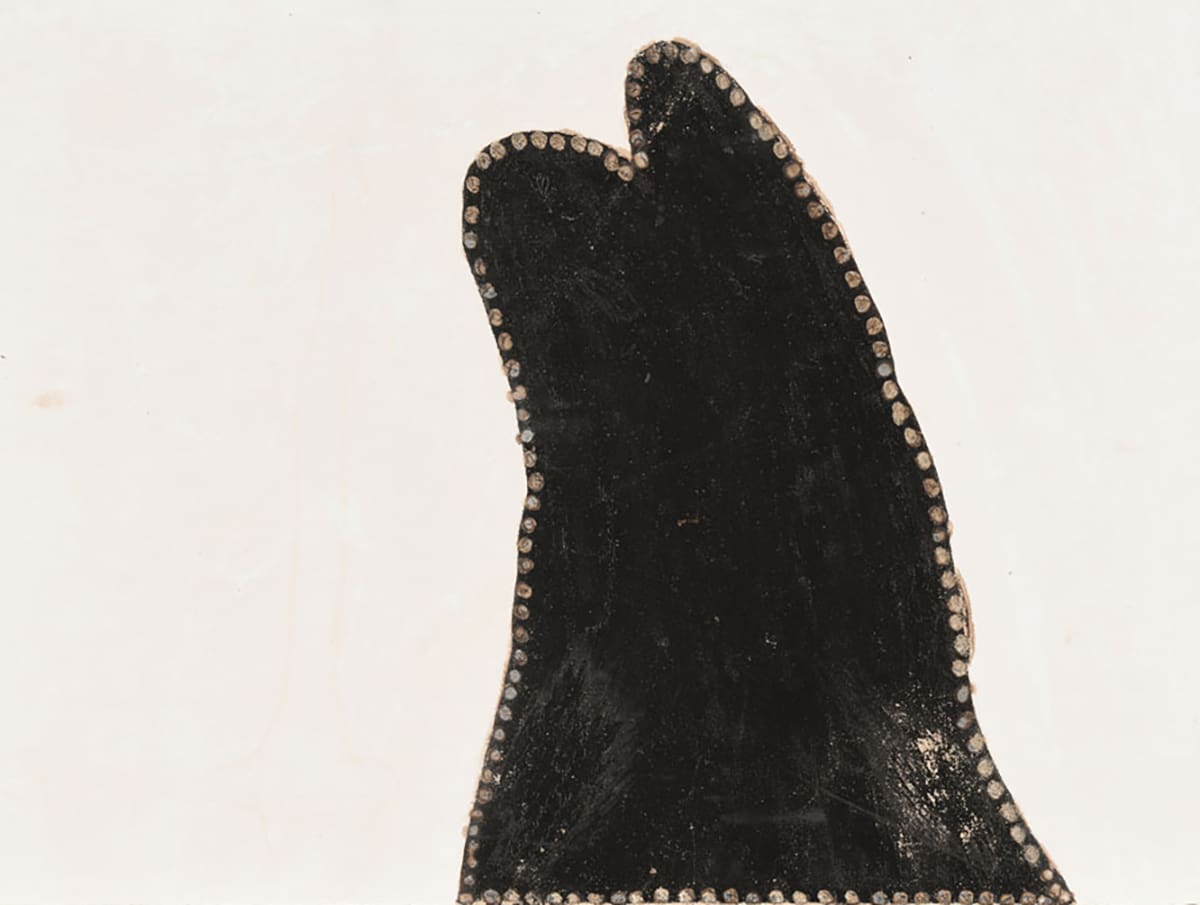
These canvases had to be restored. Artlab Australia director Sarah Feijen says the restoration approach, guided by what museum custodians know about the works’ cultural significance and the artists’ intentions, began with a full examination and documentation of their condition, under principles of stabilisation and minimal intervention.
“With those beautiful ochres and the gum, they are vulnerable and fragile, particularly the paint surfaces,” she says. “We were seeing extensive flecking and areas of loss, some scratches on the surface and warping of [some] canvas boards.”
An adhesive typically used in paper conservation was chosen, which was strong but had a low sheen and was unlikely to discolour in the future. Then, a painstakingly microscopic process began to carefully push the flecking paint back down using brushes of size zero or less.
Moisture was applied to the back of those canvas boards that were warped, to help them relax, with careful pressure applied while they dried. Quality linen strips were adhered to the edges of the back of some canvases, wrapped around new timber stretchers to hold the works flat.
Minimal retouching of areas of loss with pigments in a conservation-grade varnish ensued, to reduce the ‘distractedness’ of scratches. “Out of respect, the intention is to make them integral works again, so that they can be fully appreciated.”
Ride on, shine on: The East Kimberley Art Movement
South Australian Museum
Until 14 December
This article was originally published in the November/December 2025 print edition of Art Guide Australia.

